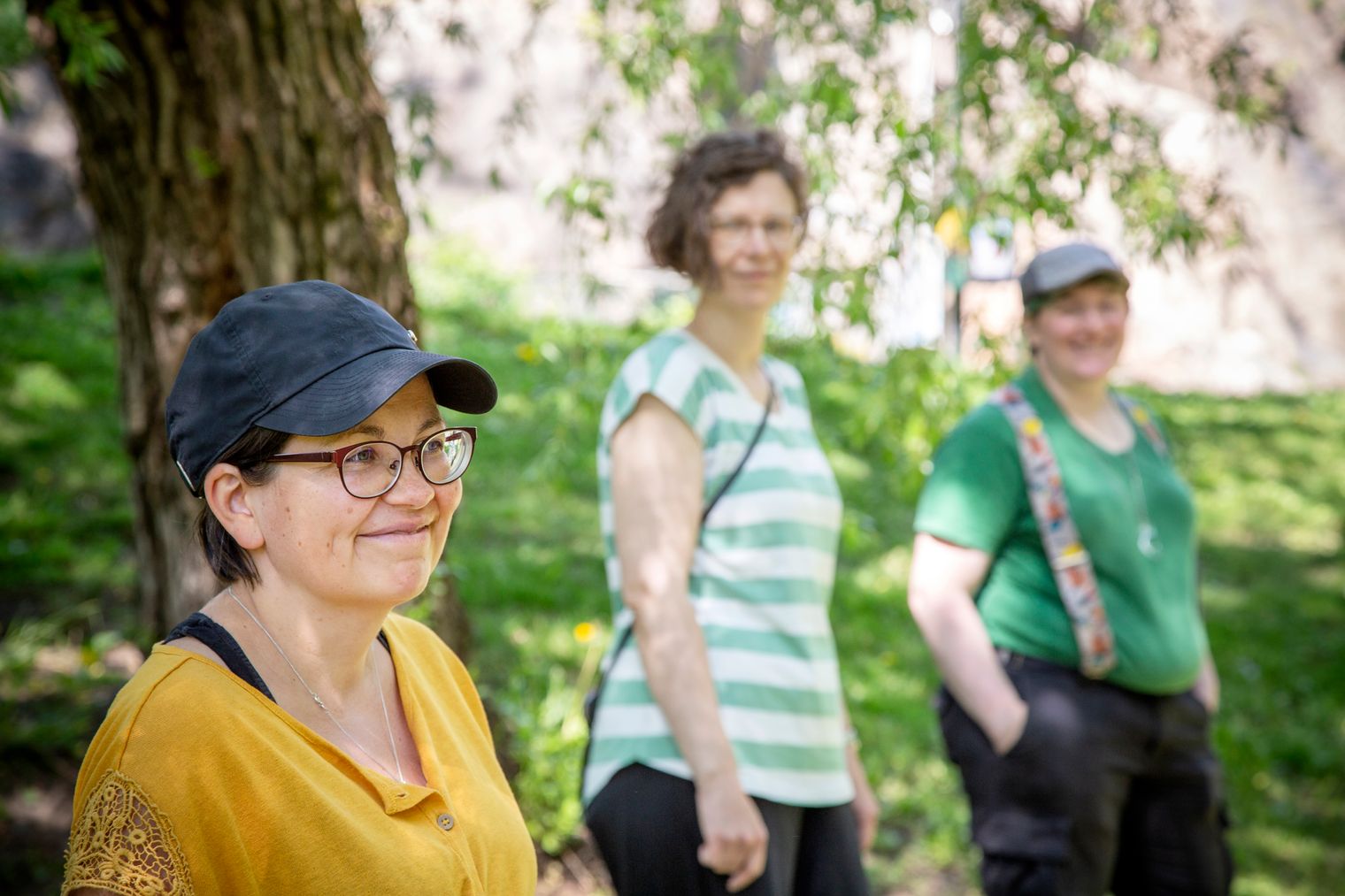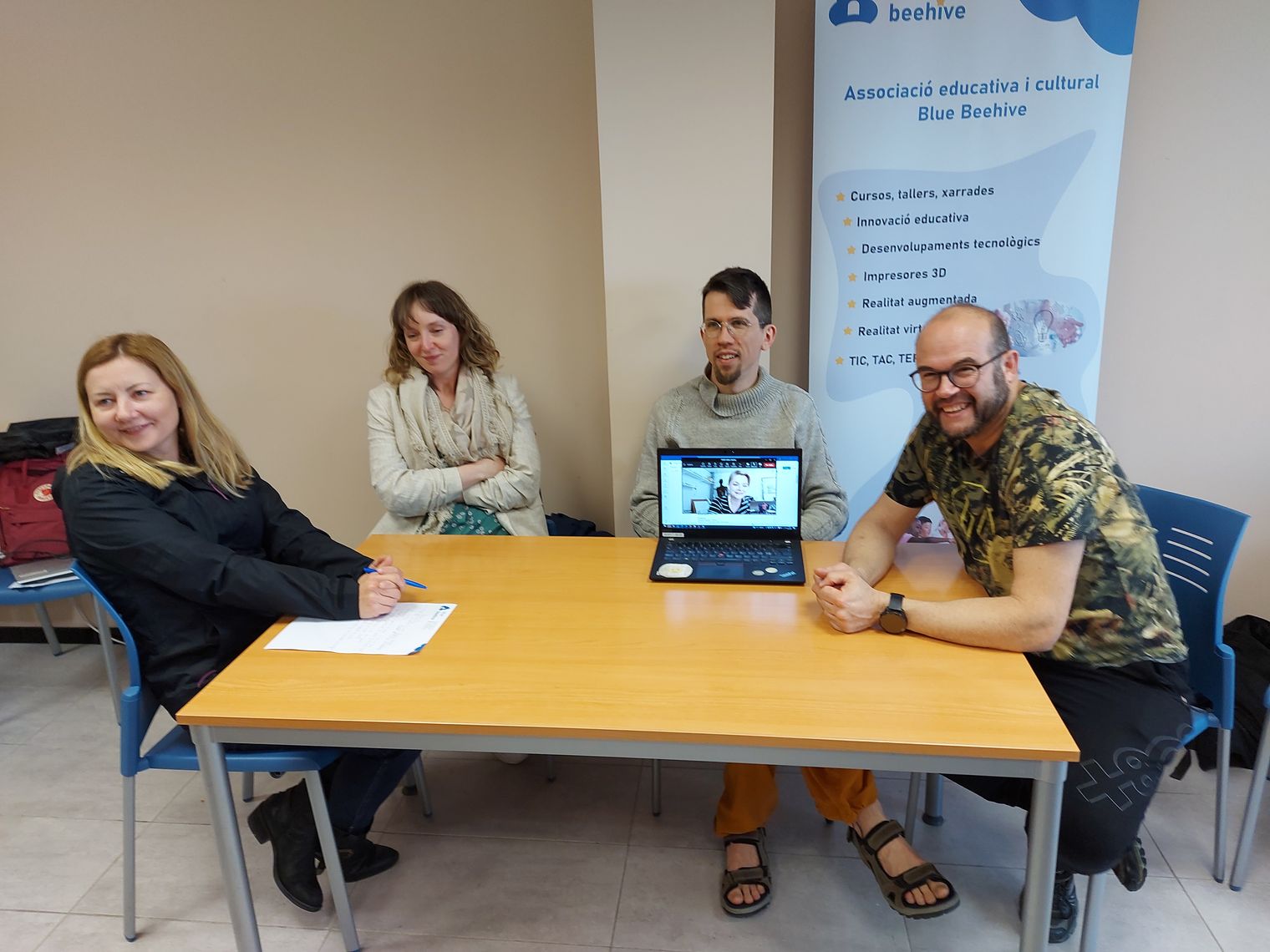Community-based art education helps us look at ICH from different perspectives
Sep 7, 2023

In HEART, community based-art education is used as a method to study intangible cultural heritage and to promote transformative learning. Community-based art education is artistic activity done in a community setting, characterized by interaction and dialogue with the community members, and often involving a professional art educator collaborating with people who may not otherwise engage in the arts.
What is essential in community art is that anyone can participate and make art, regardless of age, socio-economic status or ability. Everyone can participate from their own starting point and is welcome to join as they are. In HEART we invite different kinds of people to join our pilot project, and we aim to work in ways that can be adapted to the needs of different participants.
Why do we use community-based art education as a tool in this project?
Working together creates community and often gives rise to a feeling of belonging and a sense of meaning. Meaningfulness arises from the fact that each participant has an important role and function in the shared process. Community-based art education is a process-oriented way of doing things that focuses on experience more than outputs and results.
With community art it is possible to explore each participant’s own relationship with cultural heritage. Community-based art education is a good method for exploring the world and its various phenomena. Artistic methods help us to look at ICH from different perspectives. Intangible cultural heritage is a very diverse phenomenon, and it constantly changes form over time. In a learning context, like our project, intangible cultural heritage can be viewed from many perspectives.
What is important in learning about intangible cultural heritage is understanding its nature. Culture is not just something that comes from outside. Intangible cultural heritage belongs to everyday life and celebrations in everyone’s life. It is important to understand one’s own place in the surrounding culture and to find points of reference that are meaningful to oneself. Some parts of a tradition can feel foreign, and some parts might feel familiar. Art-oriented work allows us to explore these issues.
Community-based art education and transformative learning

Community-based art often aims to strengthen the participants’ active agency and sense of self-sufficiency. On the other hand, making art can be a leap into the unknown: it takes courage to continue the project even though the participants and the art educator don’t know what the future will bring.
Encountering and interacting with others gives us opportunities to wonder, reflect, see things differently and learn. That’s why it’s important to give art making and dialogue a chance. Experiencing discomfort and frustration can be an important part of gaining new perspectives. The art educator’s role is to support the participants and help them feel safe with these feelings. This is where the transformative learning happens.